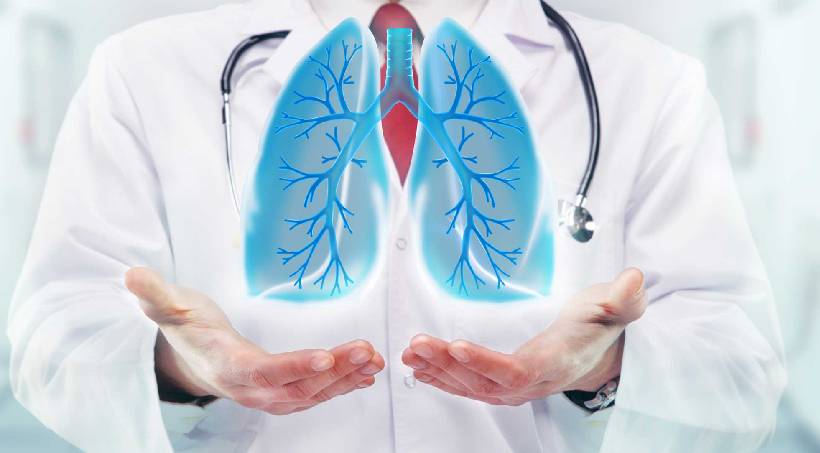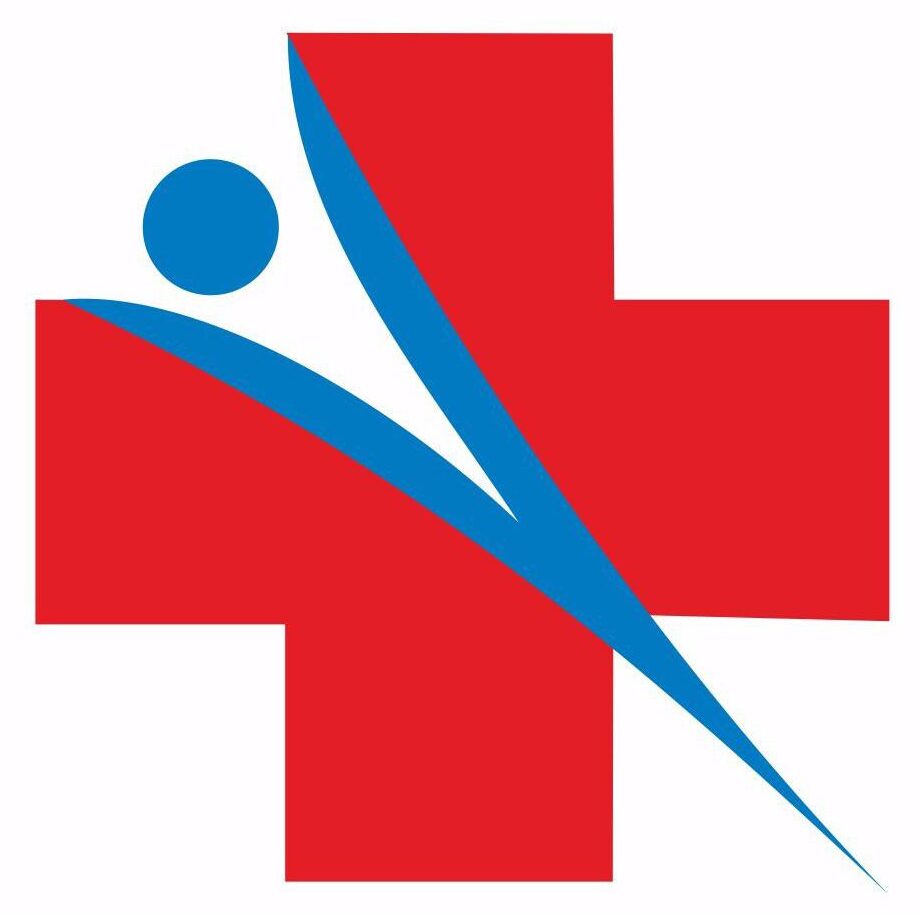Pulmonology

What is Pulmonology?
Pulmonology is the branch of medicine that focuses on the respiratory system, including the lungs, airways, trachea, bronchi, diaphragm, and chest wall. Pulmonologists specialize in the diagnosis, treatment, and prevention of respiratory conditions—both acute and chronic.
Scope of Pulmonology
Pulmonology covers a wide range of disorders that affect breathing and lung function. It intersects with critical care medicine, internal medicine, infectious disease, and sleep medicine.
Common Symptoms Requiring Pulmonary Evaluation:
Shortness of breath
Chronic cough
Wheezing
Chest tightness or pain
Common Pulmonary Conditions
1. Asthma
A chronic condition where airways become inflamed and narrowed.
Symptoms: Wheezing, shortness of breath, chest tightness, nighttime coughing.
Treatment: Inhalers (bronchodilators, corticosteroids), allergy management, lifestyle adjustments.
2. Chronic Obstructive Pulmonary Disease (COPD)
An umbrella term for chronic lung diseases like chronic bronchitis and emphysema, usually caused by smoking.
Symptoms: Persistent cough, breathlessness, fatigue, frequent infections.
Treatment: Bronchodilators, steroids, oxygen therapy, pulmonary rehabilitation.
3. Pulmonary Fibrosis
A condition in which lung tissue becomes scarred and stiff, impairing oxygen exchange.
Causes: Idiopathic, environmental exposure, autoimmune diseases.
Treatment: Anti-fibrotic drugs, oxygen, lung transplant (in severe cases).
4. Lung Cancer
Often detected in advanced stages, lung cancer requires multidisciplinary management.
Diagnosis: CT scan, PET scan, biopsy.
Treatment: Surgery, chemotherapy, immunotherapy, radiation.
5. Tuberculosis (TB)
A bacterial infection that primarily affects the lungs and is highly contagious.
Symptoms: Chronic cough, night sweats, fever, weight loss.
Treatment: Long-term antibiotic therapy under DOTS (Directly Observed Treatment).
6. Pneumonia
Infection of the lungs caused by bacteria, viruses, or fungi.
Symptoms: Fever, cough with phlegm, chest pain, breathlessness.
Treatment: Antibiotics, antivirals, supportive care.
7. Sleep Apnea
A disorder where breathing repeatedly stops and starts during sleep, often due to airway blockage.
Symptoms: Loud snoring, daytime sleepiness, fatigue, headaches.
Diagnosis: Sleep study (polysomnography).
Treatment: CPAP therapy, weight management, surgery.
8. Interstitial Lung Diseases (ILDs)
A group of disorders causing inflammation and scarring of lung tissue.
Examples: Sarcoidosis, hypersensitivity pneumonitis.
Treatment: Immunosuppressants, corticosteroids, lung transplant in advanced cases.
Diagnostic Tests in Pulmonology
Chest X-Ray & High-Resolution CT (HRCT)
Pulmonary Function Tests (PFTs) – to measure lung capacity and function
Bronchoscopy – to visually inspect airways and collect biopsy samples
Sputum Tests – for TB and infections
Sleep Study (Polysomnography) – for diagnosing sleep apnea
ABG (Arterial Blood Gas Analysis) – to check oxygen and CO₂ levels in the blood
Treatment Approaches
Inhaled medications: Short-acting and long-acting bronchodilators, steroids
Oxygen therapy for hypoxemic patients
Pulmonary rehabilitation programs (exercise, breathing techniques)
Interventional pulmonology: Lung biopsy, stent placement, pleural fluid drainage
Vaccination: Flu and Pneumococcal vaccines
Smoking cessation programs
Why Pulmonary Care is Vital
Pulmonary diseases can severely affect quality of life and may lead to life-threatening complications if left untreated. Early diagnosis, regular monitoring, and proper management under a qualified pulmonologist can lead to significantly better outcomes.
